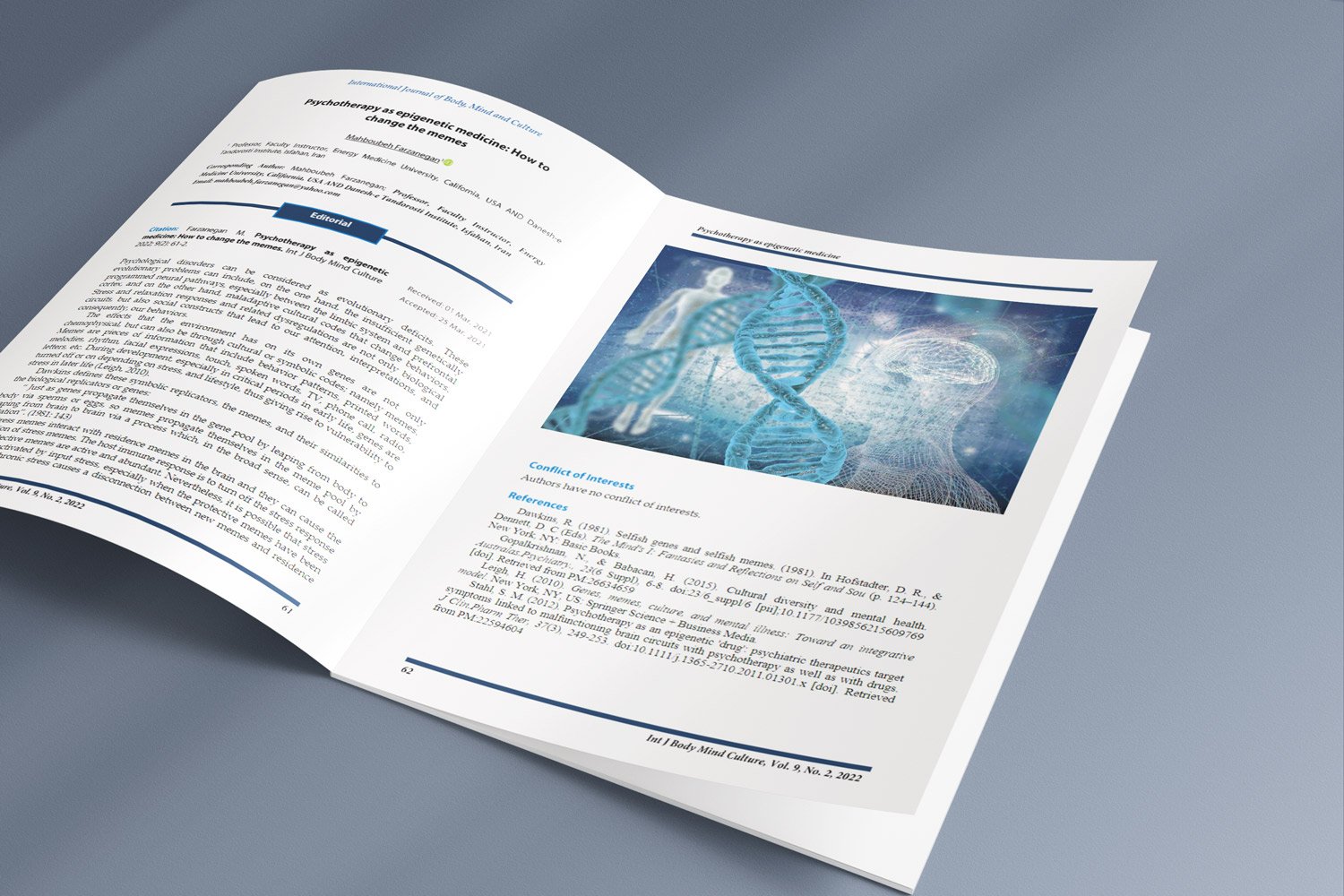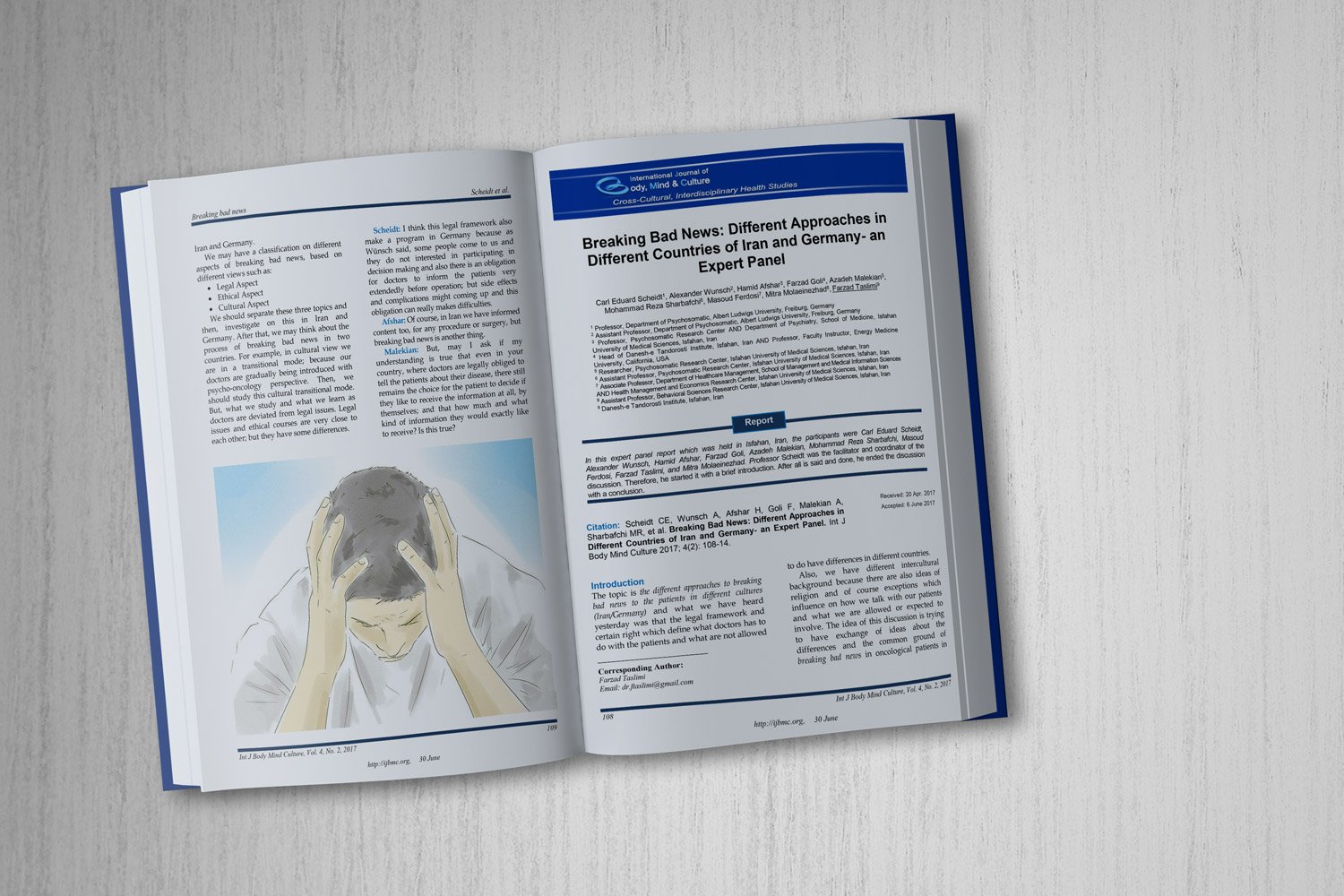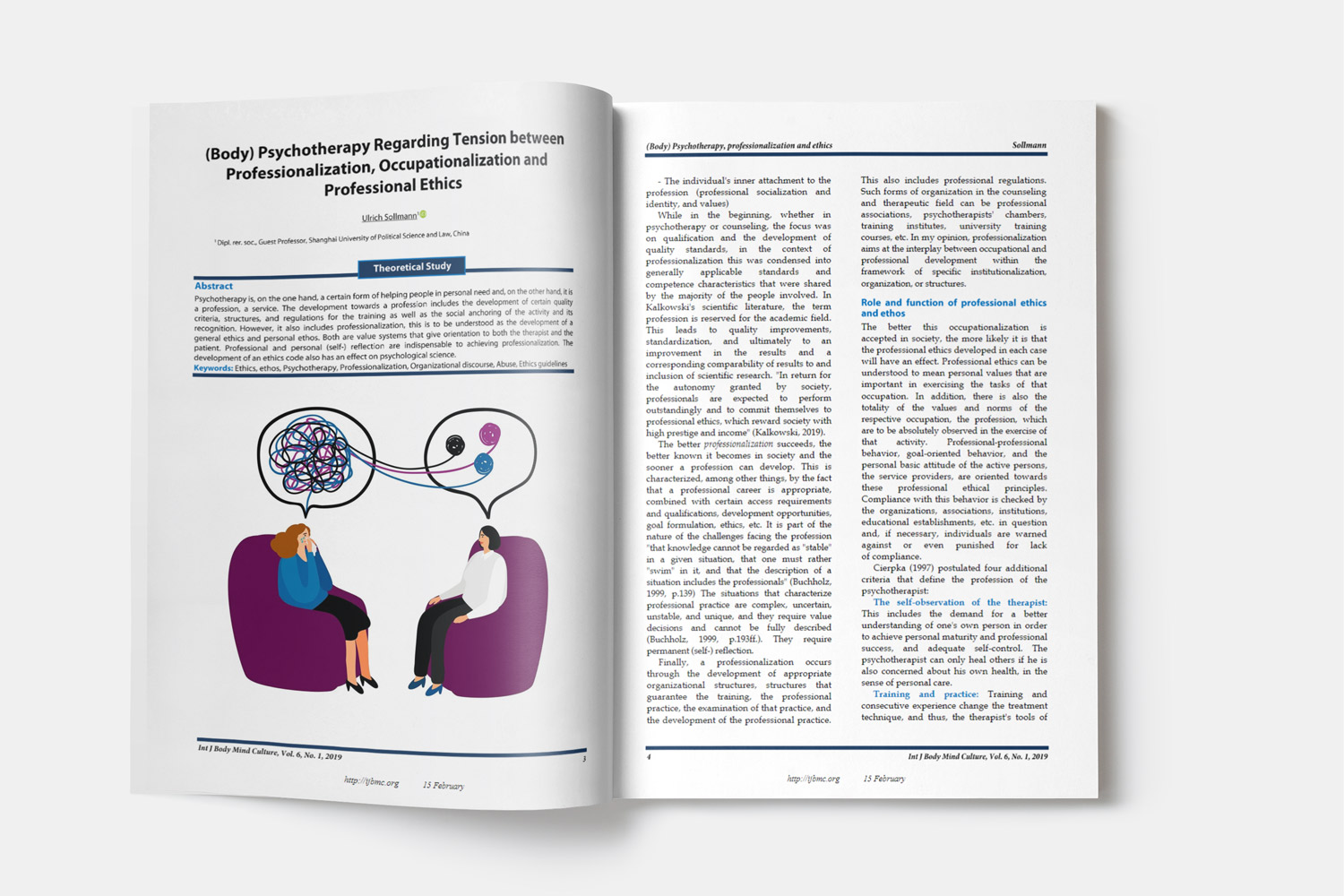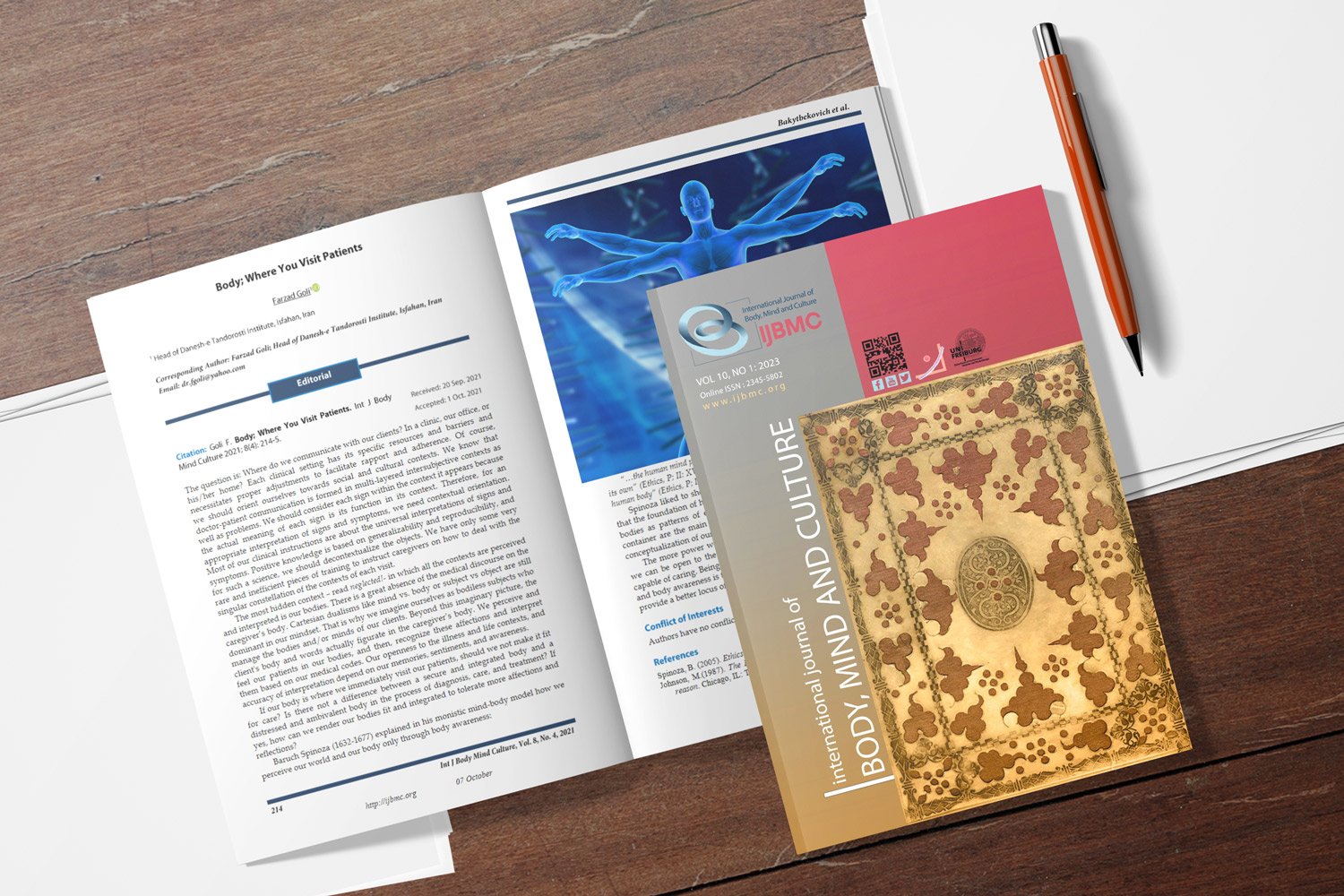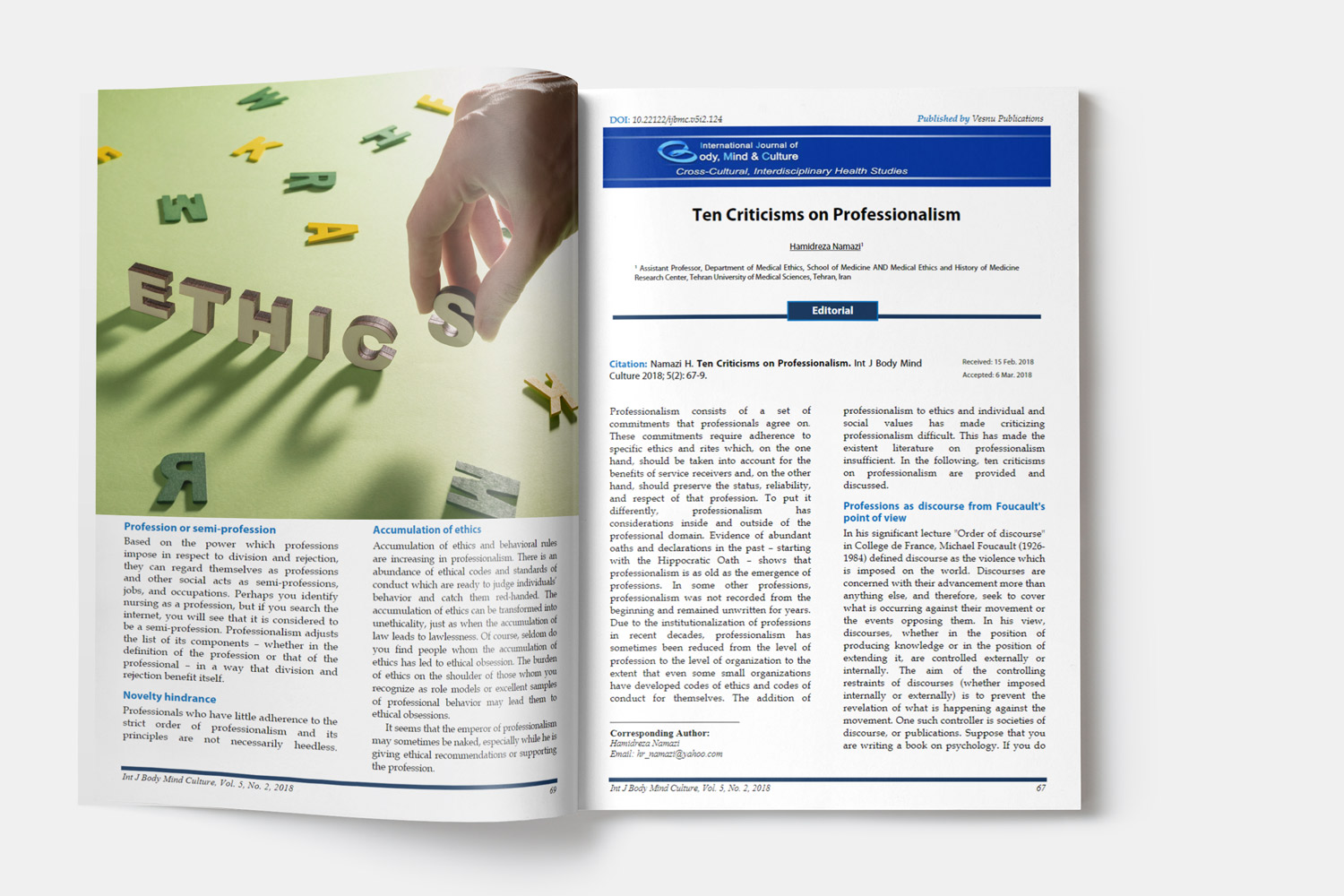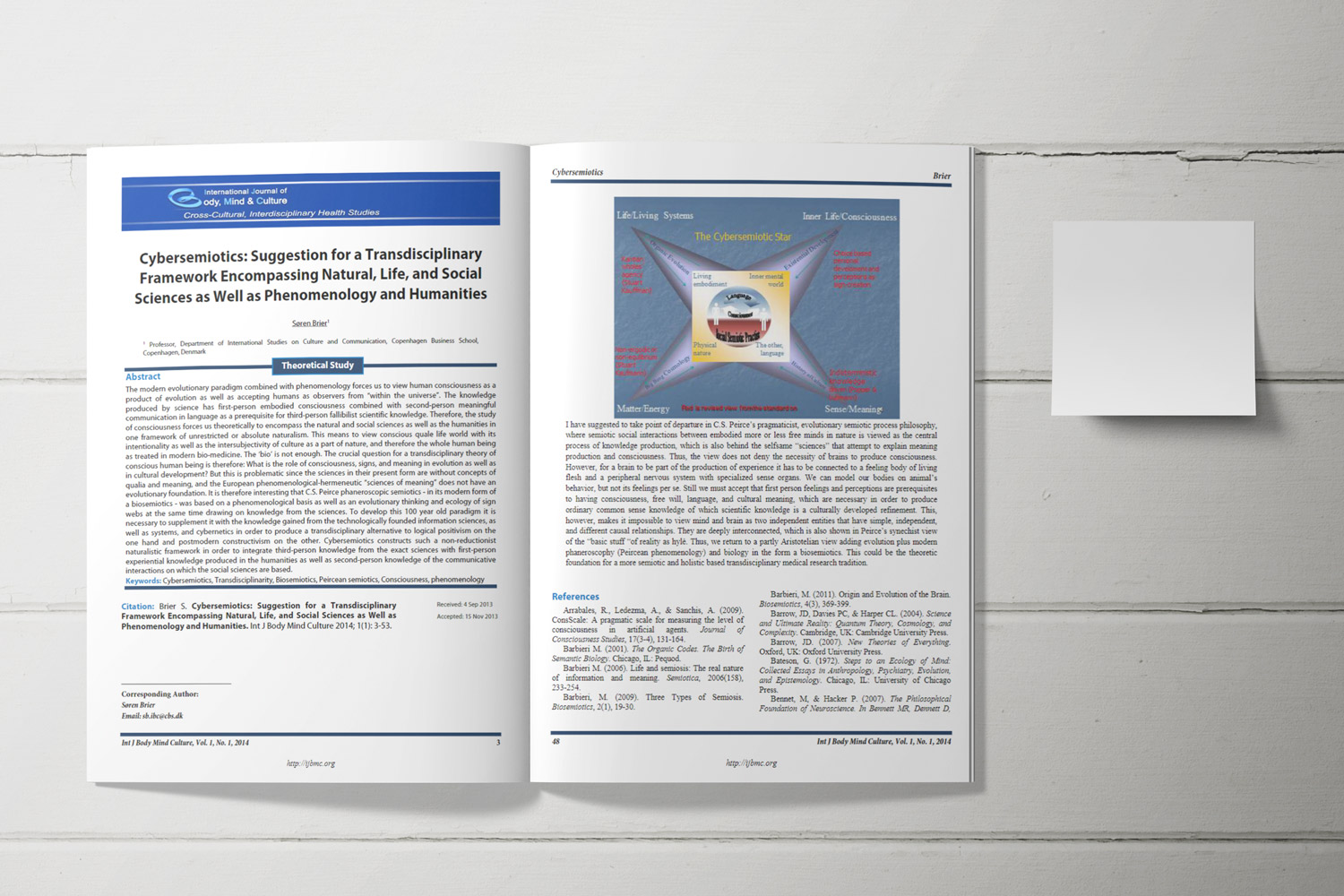Impact of Cigarette Smoking on Serum Lipids in Adult Jordanian Men: A Cross-Sectional Comparative Study with Dose–Response Analysis
Downloads
Objective: To examine differences in serum lipid profile between adult male smokers and non-smokers in Jordan and to assess dose–response patterns by smoking intensity.
Methods and Materials: In a cross-sectional comparative study at a private outpatient center in Amman (January–May 2022), 80 adult men were enrolled: 60 smokers and 20 non-smokers matched on age and BMI. Smokers were categorized by daily consumption: less than 10, 10–20, and more than 20 cigarettes. After a 12-hour fast, blood was drawn to measure total cholesterol (TC), triglycerides (TG), HDL-C, and calculated LDL-C using standardized assays on a Cobas 501 analyzer. Group comparisons used t tests/ANOVA with p<0.05 considered significant.
Findings: Smokers versus non-smokers showed higher mean LDL-C (137.7±38.2 vs 116.9±25.6 mg/dl; p=0.037), whereas between-group differences for TC (217.8±35.6 vs 180.4±18.3 mg/dl; p=0.087), TG (195.7±42.3 vs 165.8±17.9 mg/dl; p=0.076), and HDL-C (37.8±8.8 vs 41.7±6.4 mg/dl; p=0.056) were not statistically significant. Across smoking-intensity categories, a graded pattern emerged: higher TC, TG, and LDL-C with increasing consumption, and lower HDL-C in heavier smokers (all trend p values ≤0.035). The abstract in the original manuscript incorrectly stated that smokers had higher HDL-C; in the present data, HDL-C is lower among smokers and decreases with higher intensity.
Conclusion: Among adult Jordanian men, smoking is associated with higher LDL-C and an adverse dose–response pattern across lipids, with HDL-C declining as smoking intensity increases. These findings support lipid screening and cessation counseling for smokers. Larger, population-based studies with adjustment for diet, activity, and socioeconomic factors are warranted.
Downloads
Al-Jaf, D. A. H., & Al-Jaf, K. A. H. (2020). Effect of smoking and some obesity indexes on serum lipid Profile in Young male smokers. Passer Journal of Basic and Applied Sciences, 2(1), 46-50. https://doi.org/10.24271/PSR.10
Al-Sheyab, N. A., Khader, Y., Alyahya, M. S., Sweis, N., & Mirza, M. (2024). Comparative analysis of the impact of cigarette taxation on consumption, revenue and mortality in Jordan. Eastern Mediterranean Health Journal, 30(11). https://doi.org/10.26719/2024.30.11.788
Aryanpur, M., Yousefifard, M., Hosseini, M., Oraii, A., Heydari, G., Kazempour-Dizaji, M., Sharifi, H., Hessami, Z., & Hassanzad, M. (2018). Effect of active and Passive exposure to cigarette smoke on lipid Profile of children and adolescents; a systematic review and Meta-analysis. Journal of Pediatric Perspectives, 6(5), 7575-7588.
https://doi.org/10.22038/IJP.2018.30569.2681
Aslam, M. A., Iqbal, H., Ilyas, K., Rehman, K., Hussain, A., Akash, M. S. H., Shahid, M., & Chen, S. (2025). Metabolomic Insights into Smoking-Induced Metabolic Dysfunctions: A Comprehensive Analysis of Lipid and Amino Acid Metabolomes. Metabolites, 15(2), 96. https://doi.org/10.3390/metabo15020096
Attard, R., Dingli, P., Doggen, C. J., Cassar, K., Farrugia, R., & Wettinger, S. B. (2017). The impact of passive and active smoking on inflammation, lipid profile and the risk of myocardial infarction. Open Heart, 4(2). https://doi.org/10.1136/openhrt-2017-000620
Fu, M., Mei, A., Min, X., Yang, H., Wu, W., Zhong, J., Li, C., & Chen, J. (2024). Advancements in cardiovascular disease research affected by smoking. Reviews in cardiovascular medicine, 25(8), 298. https://doi.org/10.31083/j.rcm2508298
Gaggini, M., Gorini, F., & Vassalle, C. (2022). Lipids in atherosclerosis: pathophysiology and the role of calculated lipid indices in assessing cardiovascular risk in patients with hyperlipidemia. International journal of molecular sciences, 24(1), 75. https://doi.org/10.3390/ijms24010075
Gallucci, G., Tartarone, A., Lerose, R., Lalinga, A. V., & Capobianco, A. M. (2020). Cardiovascular risk of smoking and benefits of smoking cessation. Journal of thoracic disease, 12(7), 3866. https://doi.org/10.21037/jtd.2020.02.47
Herath, P., Wimalasekera, S., Amarasekara, T., Fernando, M., & Turale, S. (2022). Effect of cigarette smoking on smoking biomarkers, blood pressure and blood lipid levels among Sri Lankan male smokers. Postgraduate medical journal, 98(1165), 848-854. https://doi.org/10.1136/postgradmedj-2021-141016
Higashi, Y. (2022). Roles of oxidative stress and inflammation in vascular endothelial dysfunction-related disease. Antioxidants, 11(10), 1958. https://doi.org/10.3390/antiox11101958
Howard, B. V., Robbins, D. C., Sievers, M. L., Lee, E. T., Rhoades, D., Devereux, R. B., Cowan, L. D., Gray, R. S., Welty, T. K., & Go, O. T. (2000). LDL cholesterol as a strong predictor of coronary heart disease in diabetic individuals with insulin resistance and low LDL: The Strong Heart Study. Arteriosclerosis, thrombosis, and vascular biology, 20(3), 830-835. https://doi.org/10.1161/01.ATV.20.3.830
Ishida, M., Sakai, C., Kobayashi, Y., & Ishida, T. (2024). Cigarette smoking and atherosclerotic cardiovascular disease. Journal of atherosclerosis and thrombosis, 31(3), 189-200. https://doi.org/10.5551/jat.RV22015
Jain, R. B., & Ducatman, A. (2018). Associations between smoking and lipid/lipoprotein concentrations among US adults aged≥ 20 years. Journal of circulating biomarkers, 7, 1849454418779310. https://doi.org/10.1177/1849454418779310
Kawachi, E., Takata, K., Imaizumi, S., Miura, S.-i., & Saku, K. (2019). Effects of smoking cessation on HDL functionality. Tobacco Induced Diseases, 17. https://doi.org/10.18332/tid/111387
Khan Minhas, A. M., Sedhom, R., Jean, E. D., Shapiro, M. D., Panza, J. A., Alam, M., Virani, S. S., Ballantyne, C. M., & Abramov, D. (2024). Global burden of cardiovascular disease attributable to smoking, 1990–2019: an analysis of the 2019 Global Burden of Disease Study. European Journal of Preventive Cardiology, 31(9), 1123-1131. https://doi.org/10.1093/eurjpc/zwae040
Khurana, A., Kumar, D., Sharma, A. K., & Joglekar, M. M. (2021). Nonlinear oscillations of particle-reinforced electro-magneto-viscoelastomer actuators. Journal of Applied Mechanics, 88(12), 121002. https://doi.org/10.1115/1.4051911
Khurana, M., Sharma, D., & Khandelwal, P. (2000). Lipid profile in smokers and tobacco chewers--a comparative study. The Journal of the Association of Physicians of India, 48(9), 895-897. https://europepmc.org/article/med/11198789
Kotlyarov, S. (2023). The role of smoking in the mechanisms of development of chronic obstructive pulmonary disease and atherosclerosis. International journal of molecular sciences, 24(10), 8725. https://doi.org/10.3390/ijms24108725
Lakshmanan, A., & Saravanan, A. (2014). Effect of intensity of cigarette smoking on haematological and lipid parameters. Journal of clinical and diagnostic research: JCDR, 8(7), BC11. https://doi.org/10.7860/JCDR/2014/9545.4612
Ma, B., Chen, Y., Wang, X., Zhang, R., Niu, S., Ni, L., Di, X., Han, Q., & Liu, C. (2020). Cigarette smoke exposure impairs lipid metabolism by decreasing low-density lipoprotein receptor expression in hepatocytes. Lipids in Health and Disease, 19(1), 88. https://doi.org/10.1186/s12944-020-01276-w
Mithun, M., Dhandapani, V., & Daniel, A. (2019). A comparative study of lipid profile in smokers and non smokers between 30 to 40 years and prediction of 10 years risk of cardiovascular disease based on Framingham scores. International Journal of Advances in Medicine, 6, 722-725. https://doi.org/10.18203/2349-3933.ijam20192111
Momayyezi, M., Jambarsang, S., Fallahzadeh, H., & Sefidkar, R. (2024). Association between lipid profiles and cigarette smoke among adults in the Persian cohort (Shahedieh) study. BMC Public Health, 24(1), 1256. https://doi.org/10.1186/s12889-024-18734-0
Moosazadeh, M., Ebrahimnejad, P., Kheradmand, M., Modanloo, M., Mardanshah, F., Mahboobi, S., Rostamian, M., Safajoo, A., Dehghanzadegan, M., & Kianmehr, F. (2024). Association between smoking and lipid profile in men aged 35 to 70 years: Dose–response analysis. American Journal of Men's Health, 18(3), 15579883241249655. https://doi.org/10.1177/15579883241249655
Moradinazar, M., Pasdar, Y., Najafi, F., Shahsavari, S., Shakiba, E., Hamzeh, B., & Fakhri, N. (2020). Association between dyslipidemia and blood lipids concentration with smoking habits in the Kurdish population of Iran. BMC Public Health, 20(1), 673. https://doi.org/10.1186/s12889-020-08809-z
Mouhamed, D. H., Ezzaher, A., Neffati, F., Gaha, L., Douki, W., & Najjar, M. (2013). Association between cigarette smoking and dyslipidemia. Immuno-analyse & Biologie Spécialisée, 28(4), 195-200. https://doi.org/10.1016/j.immbio.2013.03.004
Muscella, A., Stefàno, E., & Marsigliante, S. (2020). The effects of exercise training on lipid metabolism and coronary heart disease. American Journal of Physiology-Heart and Circulatory Physiology, 319(1), H76-H88. https://doi.org/10.1152/ajpheart.00708.2019
Nagasawa, S. y., Okamura, T., Iso, H., Tamakoshi, A., Yamada, M., Watanabe, M., Murakami, Y., Miura, K., Ueshima, H., & Group, E. f. C. P. f. O. C. i. J. R. (2012). Relation between serum total cholesterol Level and Cardiovascular Disease stratified by sex and Age Group: a pooled analysis of 65 594 individuals from 10 Cohort studies in J apan. Journal of the American Heart Association, 1(5), e001974. https://doi.org/10.1161/JAHA.112.001974
Nakamura, M., Yamamoto, Y., Imaoka, W., Kuroshima, T., Toragai, R., Ito, Y., Kanda, E., Schaefer, E. J., & Ai, M. (2021). Relationships between smoking status, cardiovascular risk factors, and lipoproteins in a large Japanese population. Journal of atherosclerosis and thrombosis, 28(9), 942-953. https://doi.org/10.5551/jat.56838
Neki, N. (2002). Lipid profile in chronic smokers-A clinical Study. JIACM, 3(1), 51-54. https://www.scirp.org/reference/referencespapers?referenceid=3250966
Organization, W. H. (2018). WHO global report on trends in prevalence of tobacco smoking 2000–2025. https://escholarship.org/content/qt4dc4t5d9/qt4dc4t5d9.pdf
Qasim, M. J., Falih, I. Q., & Al_Husaini, F. K. (2020). The Correlation between Lipid Profile and Smoking. Indian Journal of Forensic Medicine & Toxicology, 14(3), 2351. https://d1wqtxts1xzle7.cloudfront.net/64495930/10786-Article_Text-20380-1-10-20200813-libre.pdf?1600809293=&response-content-disposition=inline%3B+filename%3DThe_Correlation_between_Lipid_Profile_an.pdf&Expires=1761633016&Signature=Xme25H3haVsa76WVSvYYNJhvD1PpWFsbvaIxrwEtPJZdKBWz2LlZLuL3QgkiUeVzu-toS8h8d0EnqeJpYEsbQNnKiqCSEf7Y1gASAa4PO6Ilaxdp9D8QaTHvVZ2O3EEOGrkYDLJnaogfq7KQgk3p4RJ835rc11EzhNPik0p1NXVA8tnYwr9Ry7QgHcRDrMVU2ExKeU8UuklQ~ffHOTaC0CmZ9V2glLbRTg22eSChdtCIeP3pse0IU1qe2lYPRkUU5akrNJAtDtxEEPqadTFForP5nAtS5AF9GuFEM9FeBt2Zgixe8TfNm1a01GAojkF5PrCofqwx6FG5NJAcqCyD5w__&Key-Pair-Id=APKAJLOHF5GGSLRBV4ZA
Rashan, M. A. A., Dawood, O. T., Razzaq, H. A. A., & Hassali, M. A. (2016). The impact of cigarette smoking on lipid profile among Iraqi smokers. International Journal of Collaborative Research on Internal Medicine & Public Health, 8(8), 491-500. https://www.researchgate.net/profile/Omar-Thanoon-Dawood/publication/306473758_The_Impact_of_Cigarette_Smoking_on_Lipid_Profile_among_Iraqi_Smokers/links/57c3a15608aed246b102aa18/The-Impact-of-Cigarette-Smoking-on-Lipid-Profile-among-Iraqi-Smokers.pdf
Rastogi, R., Shrivastava, S., Mehrotra, T., Singh, V., & Gupta, M. (1989). Lipid profile in smokers. The Journal of the Association of Physicians of India, 37(12), 764-766. https://europepmc.org/article/med/2636581
Sathish, T., Teo, K. K., Britz-McKibbin, P., Gill, B., Islam, S., Paré, G., Rangarajan, S., Duong, M., Lanas, F., & Lopez-Jaramillo, P. (2022). Variations in risks from smoking between high-income, middle-income, and low-income countries: an analysis of data from 179 000 participants from 63 countries. The Lancet Global Health, 10(2), e216-e226. https://doi.org/10.1016/S2214-109X(21)00509-X
Shih, Y.-L., Shih, C.-C., Huang, T.-C., & Chen, J.-Y. (2023). The relationship between elevated homocysteine and metabolic syndrome in a community-dwelling middle-aged and elderly population in Taiwan. Biomedicines, 11(2), 378. https://doi.org/10.3390/biomedicines11020378
Singh, D. (2016). Effect of cigarette smoking on serum lipid profile in male population of Udaipur (Rajasthan). International Journal of Clinical Biochemistry and Research, 3(4), 368-370. https://doi.org/10.4172/2161-1009.1000283
Sousa, I. R., Miranda, M., Gomes, H., Figueiredo, A., Silva, J., Campos, J., & Figueiredo Sr, A. (2024). Relationship Between Smoking and Lipid Profile in Four Primary Health Care Units: A Research Study. Cureus, 16(9). https://doi.org/10.7759/cureus.69172
Taiwo, E. O., & Thanni, L. O. (2021). Comparing lipid levels of smokers and non-smokers in Sagamu, South-West, Nigeria. Hospital Practices and Research, 6(1), 18-22. https://doi.org/10.34172/hpr.2021.04
van der Plas, A., Antunes, M., Pouly, S., de La Bourdonnaye, G., Hankins, M., & Heremans, A. (2023). Meta-analysis of the effects of smoking and smoking cessation on triglyceride levels. Toxicology Reports, 10, 367-375. https://doi.org/10.1016/j.toxrep.2023.03.001
Yoon, J. L., Cho, J. J., Park, K. M., Noh, H. M., & Park, Y. S. (2015). Diagnostic performance of body mass index using the Western Pacific Regional Office of World Health Organization reference standards for body fat percentage. Journal of Korean Medical Science, 30(2), 162. https://doi.org/10.3346/jkms.2015.30.2.162
Zhang, B.-H., Yin, F., Qiao, Y.-N., & Guo, S.-D. (2022). Triglyceride and triglyceride-rich lipoproteins in atherosclerosis. Frontiers in Molecular Biosciences, 9, 909151. https://doi.org/10.3389/fmolb.2022.909151
Copyright (c) 2025 International Journal of Body, Mind and Culture

This work is licensed under a Creative Commons Attribution-NonCommercial 4.0 International License.










